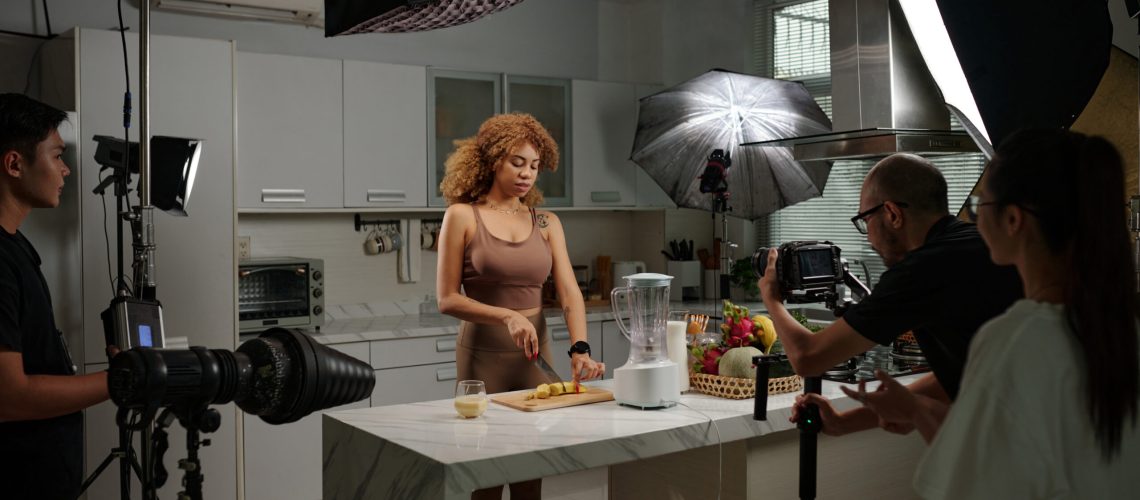You’re planning a new marketing video. The concept is solid, the script is approved, and the budget is taking shape. Then comes the question of on-camera talent. To save a significant chunk of change, the idea comes up: “My cousin has a great smile,” or “Let’s just ask someone from the marketing team. They know the product best!”
It’s a tempting thought. Using friends, family, or colleagues seems like a brilliant way to cut costs. But as seasoned video production professionals, we can tell you this well-intentioned shortcut often comes with hidden costs—in time, quality, and stress.
Before you ask your friend to clear their schedule, here’s why investing in professional on-camera talent is one of the smartest decisions you can make for your project.
1. The Scheduling Nightmare: Professionals Prioritize, Friends Squeeze It In
Your project is a top priority for you and your production team. For your friend, it’s a favor they’re trying to fit in between their actual job, family commitments, and personal life. Offering free food and drinks isn’t enough compensation to make them fully commit to your shoot.
The reality is that friends have busy schedules. Coordinating a time that works for them and a full production crew can become a logistical nightmare. Last-minute cancellations due to a sick child or a work emergency can derail your entire production schedule, costing you money in crew and location fees.
When you hire a professional actor, you’re not just paying for their talent; you’re paying for their reliability. This is their job. They show up on time, prepared, and ready to work for the entire duration of the shoot. That professionalism and dependability are priceless.
2. The Skill Gap: There’s a Reason It’s a Profession
Standing in front of a camera, surrounded by lights and crew members, and delivering a believable performance is incredibly difficult. Most people, even the most outgoing, get nervous on camera. They can appear stiff, speak in a monotone, or forget their lines under pressure.
Trained actors possess a unique set of skills that go far beyond just memorizing a script:
- Camera Presence: They know how to connect with an audience through the lens. They understand body language, posture, and how to convey emotion authentically, take after take.
- Taking Direction: Professionals are trained to listen to a director’s feedback and instantly adjust their performance. An amateur might struggle or even take constructive criticism personally. The ability to fine-tune a performance is crucial for getting the perfect shot.
- Endurance and Consistency: A video shoot can be a long day. Professional talent can maintain their energy and deliver a consistent performance from the first take to the last, which is essential for the editing process.
Your on-screen talent is the face of your brand for this video. A nervous, unconvincing performance can undermine your message and make your entire brand look amateurish. A professional ensures your story is told with confidence and credibility.
3. Protecting Your Relationships (and Your Project)
Imagine this awkward scenario: your colleague’s performance just isn’t working. It’s stiff and unnatural. How do you give them honest, critical feedback without creating tension at the office? What if you have to tell your cousin they didn’t make the final cut?
Mixing personal relationships with professional production is a recipe for discomfort. When you hire a professional, the relationship is clear and transactional. Giving direction is part of the process, not a personal critique. This professional boundary protects your project’s quality and keeps your personal relationships intact.
An Investment, Not an Expense
You wouldn’t ask a friend who’s handy with a wrench to build the engine for your car; you’d hire a professional mechanic. The same principle applies to video production. The talent you put on screen is a critical component of your video’s success.
By hiring professional actors, you are investing in reliability, skill, and a polished final product that will represent your brand in the best possible light. The “free” option might save you money upfront, but the potential cost to your timeline, brand image, and relationships is a price that’s too high to pay.



